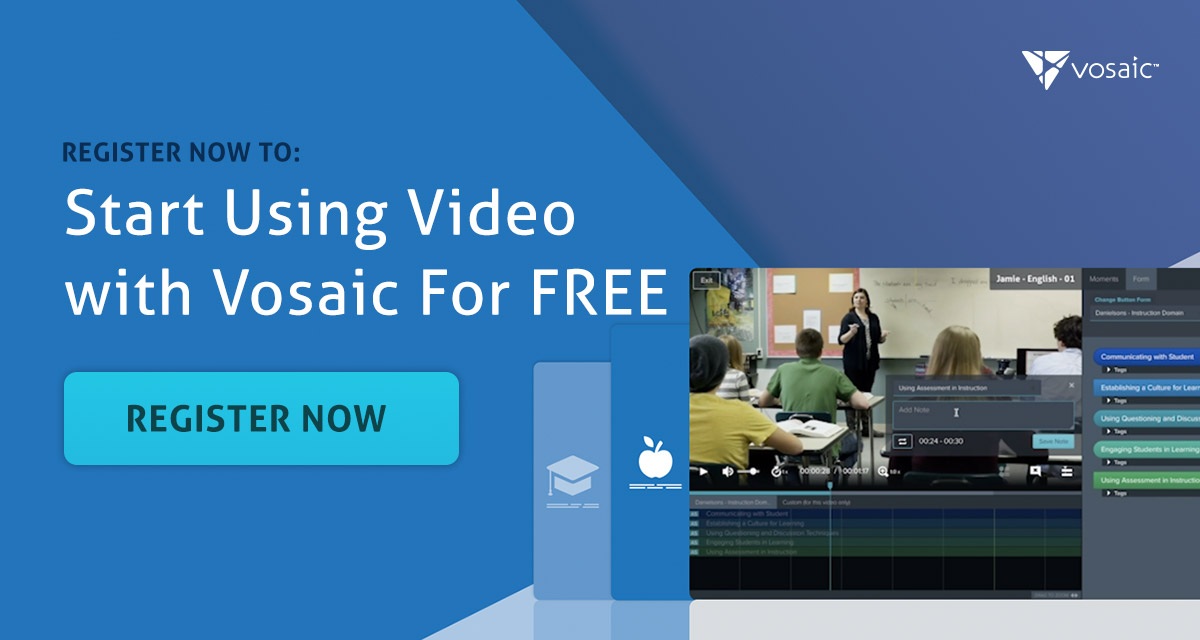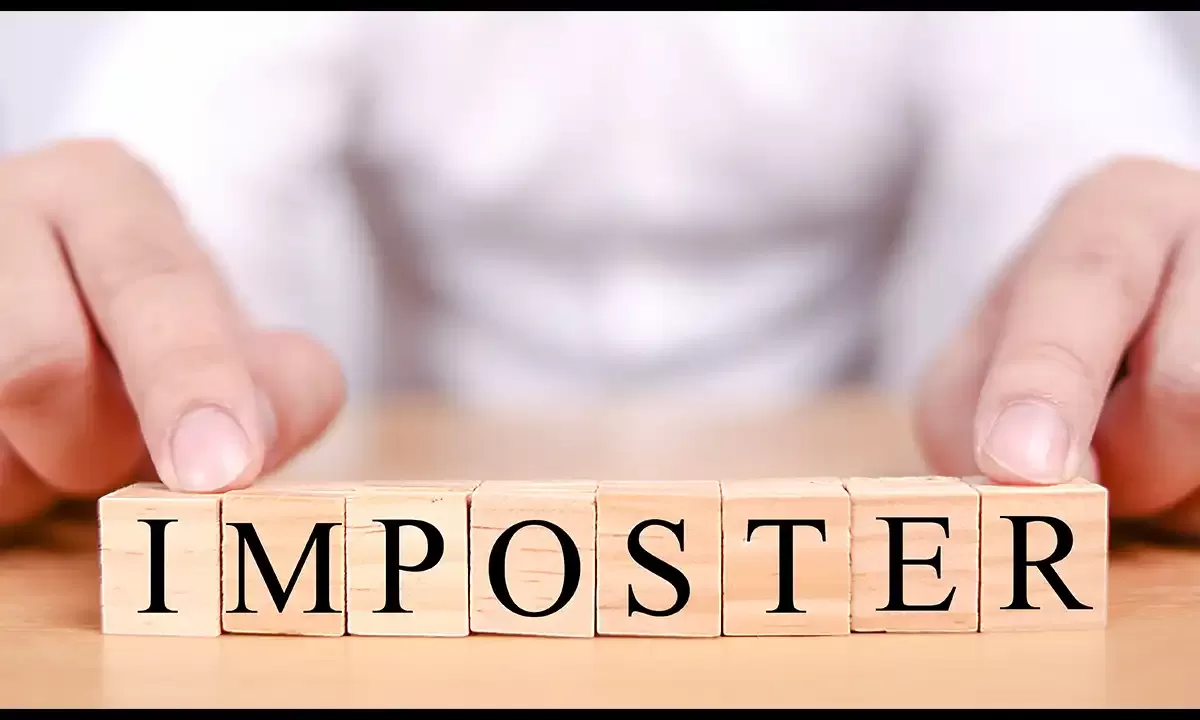In today's interconnected world, proficiency in a foreign language is a gateway to experiencing diverse cultures, expanding career opportunities, and gaining a deeper understanding of global issues. As higher education institutions continue to evolve to meet the foreign language needs of students, language departments have begun navigating these changes by embracing innovative video-based approaches to support individualized language learning better.
With many virtual and asynchronous classes requiring students to turn on their cameras to communicate and contribute ideas, platforms like Zoom or Microsoft Teams make it easy for professors to record and download videos of lectures and discussions to store and later review. When those videos get uploaded to video feedback and analysis platforms to be shared with students, students gain access to tools and learning experiences that create new opportunities to easy self-reflect, review, and engagement with course content in a way that's targeted for specific language improvements.
Language Learning with Video Recording & Analysis:
The most significant benefit of flexible distance learning with video is it allows students to play dual roles as observers and direct participants, creating a comprehensive virtual learning environment with active involvement in the learning process.
Video analysis platforms provide foreign language professors with tools to receive, analyze, and provide valuable insights into all aspects of student performance, including vocabulary, comprehension, word stress patterns, and syntactical accuracy. Professors can use video-sharing tools for easy collaboration to provide students with duration-based feedback and track their linguistic development over time to help pinpoint challenges and foster a supportive and growth-oriented learning environment.
Within foreign language classes, video recording and analysis allow opportunities for:
Self-assessment of learning performance
Reinforcement of class material understanding
Feedback and collaborative analysis
When video feedback and analysis platforms are integrated with Learning Management Systems (LMS) like Canvas, Moodle, etc., students can create, share, and receive evidence-based feedback directly on their performance, helping meet them halfway in their language journey. This process fosters an interactive learning culture that values objective video-based feedback and discussions allowing professors and students to narrate and share their side of the story.
Utilizing Video Feedback and Analysis Platforms in Foreign Language Classes:
Built-in annotation features allow students and professors to mark specific moments in videos and engage in evidence-based conversations around specific events within a performance. Cloud-based platforms provide easy access to users for secure uploading spaces, enabling students and professors to engage in self-reflection, personalized learning environments, targeted feedback discussions, and tracking of individual learning goals.
Four benefits of using video analysis platforms in foreign language classes:
- Opportunities for collaborative learning: Video assignments, when added and shared in video analysis platforms, enable all students to analyze and mark moments to discuss key learning objectives like cultural diversity and exchange. Through shared videos and feedback, students provide evidence of their language understanding and engage in a collaborative learning environment.
- Personalized self-paced learning environments: Incorporating video sharing promotes a self-paced learning atmosphere for a highly personalized educational journey for each student. Flexible video recording options encourage students to capture presentations, language exercises, and interactive discussions to upload and review using devices they already own. By providing students with video-based feedback on recordings of their practice, professors can help students improve by highlighting specific areas for review. This method empowers students to effectively self-reflect and nurture their vocabulary, grammar, and linguistic proficiency with feedback specific to their performance.
- Targeted Feedback with a More Data-Driven Approach: Professors can analyze videos using the same criteria across all student-submitted videos leveraging duration-based feedback to mark the beginning and end of moments for review. Duration-based feedback allows students to focus on specific areas and correct mistakes instantly, significantly accelerating their learning process.
- Specific Learning Goals: By consistently assessing and providing feedback, professors can personalize learning goals for each student based on evidence of their language comprehension. These goals can address individual weaknesses and strengths, optimizing and streamlining the learning process. Professors can access student submissions, providing consistent and appropriate feedback as students progress.
Enhance student focus with video analysis tools:
Research by Brame, C.J. (2015). Effective educational videos from Vanderbilt University, outline “To make the most out of our educational videos, we need to help students do the processing and self-evaluation that will lead to the learning we want to see.”
The key lies in recognizing that the efficacy of educational videos hinges on student engagement, making strategies such as guiding questions and the personalization principle crucial for fostering substantive and active learning experiences.
Simply put, learning from videos is impossible if students don’t watch them.
Brame proposed several practices to enhance personalization and active student engagement when utilizing video for learning.
- Signaling: involves highlighting key points
- Segmenting: breaks videos into smaller parts
- Weeding: removes irrelevant content
- Matching modality: aligns the instructional methods with the content.
These practices aim to increase student involvement with active learning by optimizing learning outcomes, and ensuring videos are focused, digestible, and aligned with learning objectives.
The importance of transforming educational videos from passive experiences to active learning tools emphasizes the approach to video creation that transcends information delivery, where students are actively involved and voluntarily participate in the learning process.
The table below offers further instances illustrating the practices mentioned:

Stay on Top of Important Discoveries
We read case studies and academic journals so you don’t have to. Sign up and we’ll send you the key takeaways.
Brame underscores the importance of three critical elements in designing and implementing videos as an integral part of using the four practices as discussed. These practices not only capture and sustain students’ attention but also lead to more effective learning outcomes by refining focus and concentration:
Cognitive load: Professors should address cognitive load by presenting information in a transparent and manageable manner such as segmenting videos and signaling key points. Breaking down videos into smaller, digestible segments and highlighting key information helps students process information more effectively, reducing cognitive strain.
Elements that impact engagement: Weeding out irrelevant content and matching the modality to learning objectives directly impact engagement. Removing unnecessary elements maintains student interest while aligning instructional methods with the content and encourages an active learning experience
Features that promote active learning: Active learning is encouraged through practices like segmenting videos and signaling key points. Breaking video content into manageable chunks and using visual or auditory cues to prompt students to interact with the material, fostering a dynamic and participatory learning environment, further enhanced by the inclusion of guided questions in certain scenarios to enhance the personalized learning experience.
If you don't have a Vosaic account for video-based feedback and student self-reflection, you can start with a free trial today.
Leveraging Vosaic in Foreign Language Classes:
Vosaic, a video feedback and analysis platform, elevates the language learning experience for students and professors. They both benefit from a flexible video submission process, duration-based moments tailored for focused feedback, and intuitive sharing for streamlined collaborative learning.
- Easy student video submission Vosaic’s user-friendly interface and intuitive design allow students to record, upload, and share videos with devices they own and share with professors in one location.
Duration-based moments: Duration-based moments enable students to review highlighted timeframes or "moments" and review feedback for self-reflection or engage in further discussion using comments. Professors can leave duration-based feedback by marking the beginning and end of a moment for students to review suggested areas of improvement for growth at a time that makes sense for them.
Automated Transcription: Automated, editable, and searchable transcripts with Closed Captioning (CC) allow students to engage both visual and auditory learning channels directly within videos. Transcripts can detect up to 10 speakers, analyze talk time, and be exported.
By strategically leveraging these features, professors act as navigators, steering students toward an enriching and personalized learning environment. This strategic approach not only hones linguistic skills but also nurtures a heightened cultural awareness. Video analysis platforms like Vosaic, empower students to take control of their learning and navigate a globalized world with enhanced language proficiency and a deeper understanding of cultural nuances.

Integrating video analysis into foreign language education enriches students' language learning journeys by addressing pronunciation, oral proficiency, comprehension, and cultural context.



